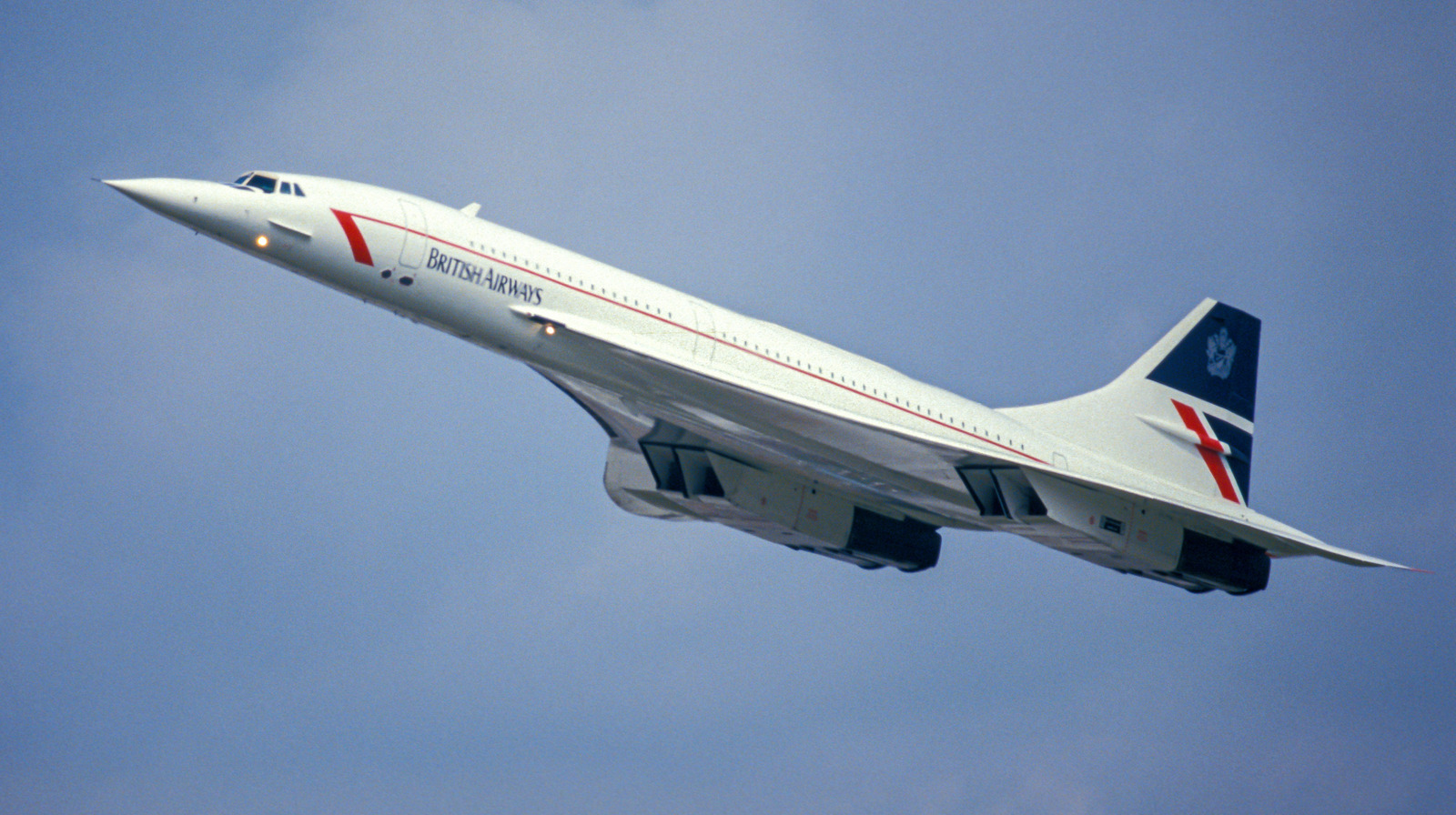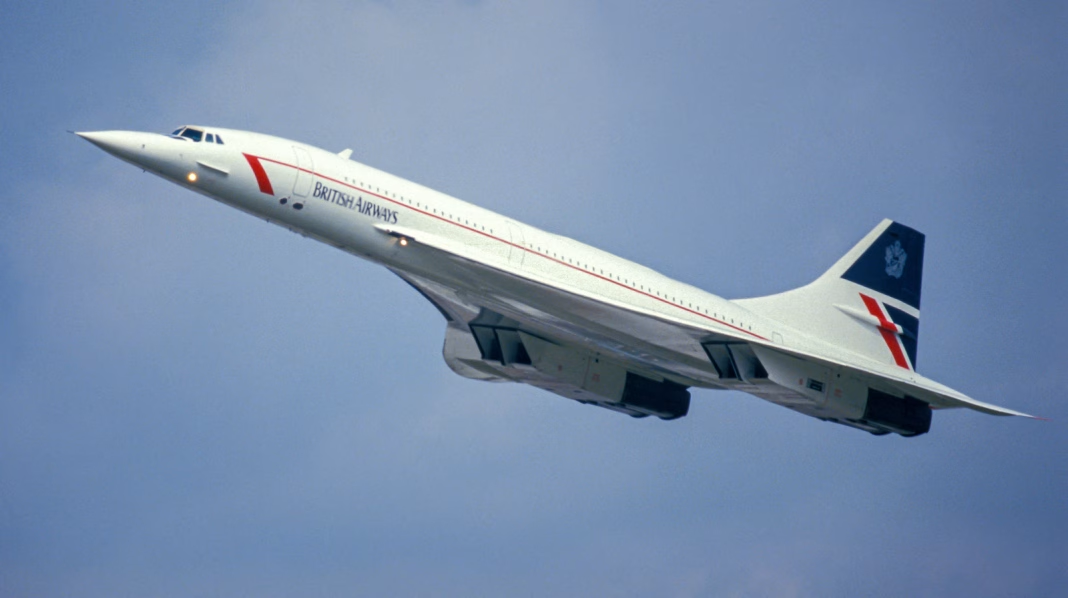Supersonic commercial flights used to be the epitome of luxury and speed, with the iconic Concorde jet soaring through the skies at over twice the speed of sound. But now, more than two decades after its retirement, the question lingers: what happened to supersonic travel? Let’s dive into the fascinating history and the challenges that led to the decline of these remarkable aircraft.
What Made Concorde So Special?
Concorde was more than just a plane; it was a symbol of innovation and elegance. With its sleek design and ability to fly at Mach 2, it could cut transatlantic travel time in half. Imagine sipping champagne while cruising at 60,000 feet, watching the curvature of the Earth below. For those who could afford it, flying on Concorde was an experience like no other.
However, this luxury came at a price—literally. Ticket prices were sky-high, often exceeding $10,000 for a round trip. While this exclusivity added to its allure, it also limited the customer base. The high operational costs, combined with the need for a niche market, made it challenging for airlines to sustain profitability.
What Led to the Demise of Supersonic Flights?
The end of Concorde was influenced by several factors. One significant issue was the rising cost of fuel. As oil prices surged in the early 2000s, operating costs for the Concorde became unsustainable. Additionally, the tragic crash of Air France Flight 4590 in 2000, which involved a Concorde, raised serious safety concerns and led to a decline in passenger confidence.
Environmental regulations also played a crucial role. Supersonic jets produce a distinctive sonic boom, which is disruptive and has led to restrictions on where they can fly. The noise pollution associated with these flights made it difficult for airlines to operate them over populated areas, limiting their routes and potential profitability.
Are We Seeing a Revival of Supersonic Travel?
Fast forward to today, and there’s renewed interest in supersonic travel. Several companies are working on next-generation supersonic jets that promise to be quieter and more environmentally friendly. For instance, Boom Supersonic is developing the Overture, which aims to fly at Mach 1.7 while reducing the sonic boom to a level that could allow overland flights.
Moreover, advancements in technology have made it possible to design more fuel-efficient engines, which could help mitigate some of the environmental concerns that plagued Concorde. Airlines are also exploring partnerships with these new manufacturers, indicating a potential shift back toward supersonic travel.
What’s Next for Travelers?
While the dream of flying at supersonic speeds is inching closer to reality, it’s essential to temper expectations. Regulatory hurdles, technological challenges, and the need for a viable business model still stand in the way. It may take years before we see commercial supersonic flights return to the skies.
In the meantime, the aviation industry is focusing on improving the efficiency of subsonic flights. Innovations like electric and hybrid aircraft are being explored, aiming to reduce carbon footprints and enhance sustainability.
The big takeaway? Supersonic travel isn’t just about speed; it’s about smarter adjustments to meet modern demands. As we look forward, the aviation industry is poised for transformation. Keep an eye on developments in this space, because the future of flight might just be faster and greener than we ever imagined.


